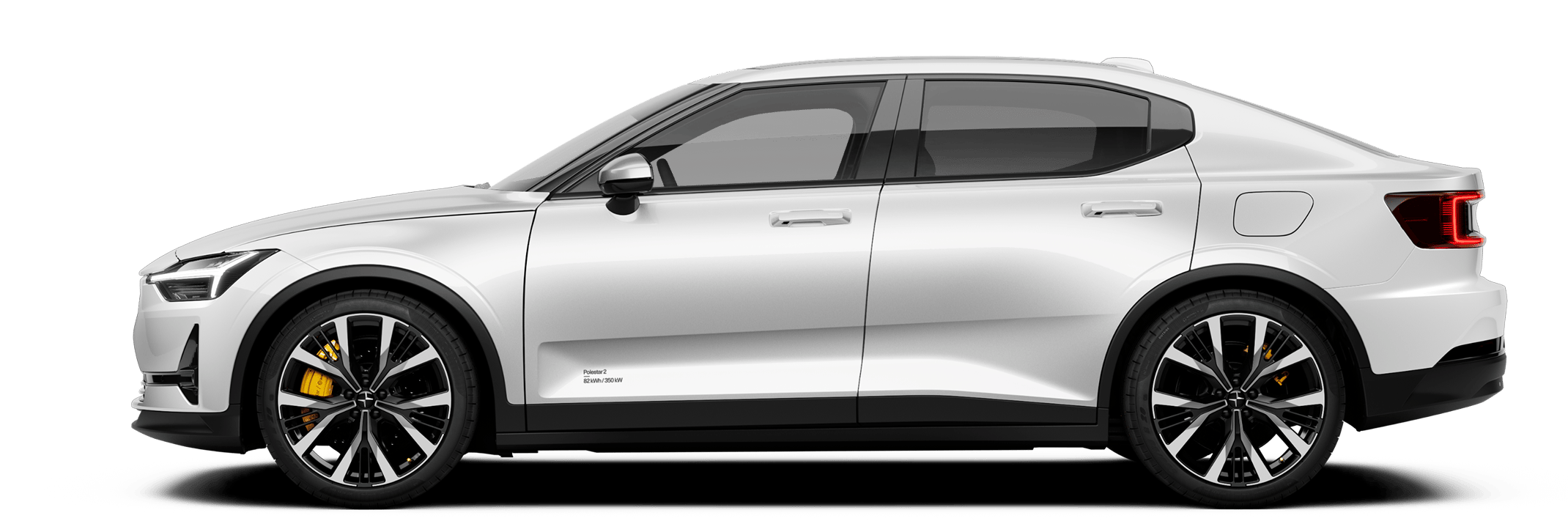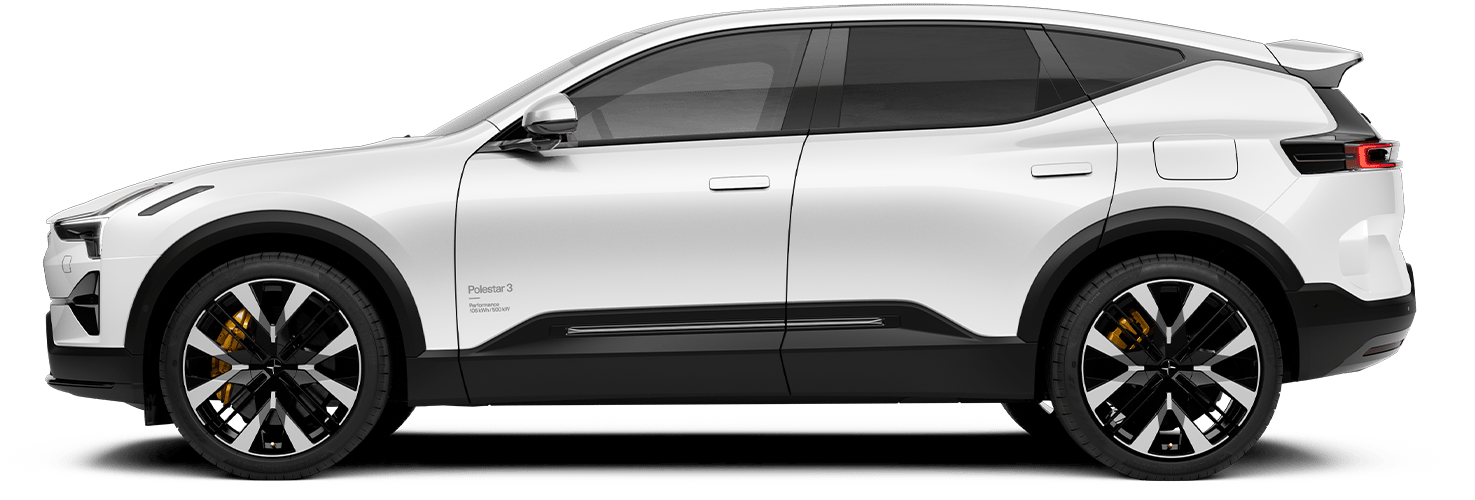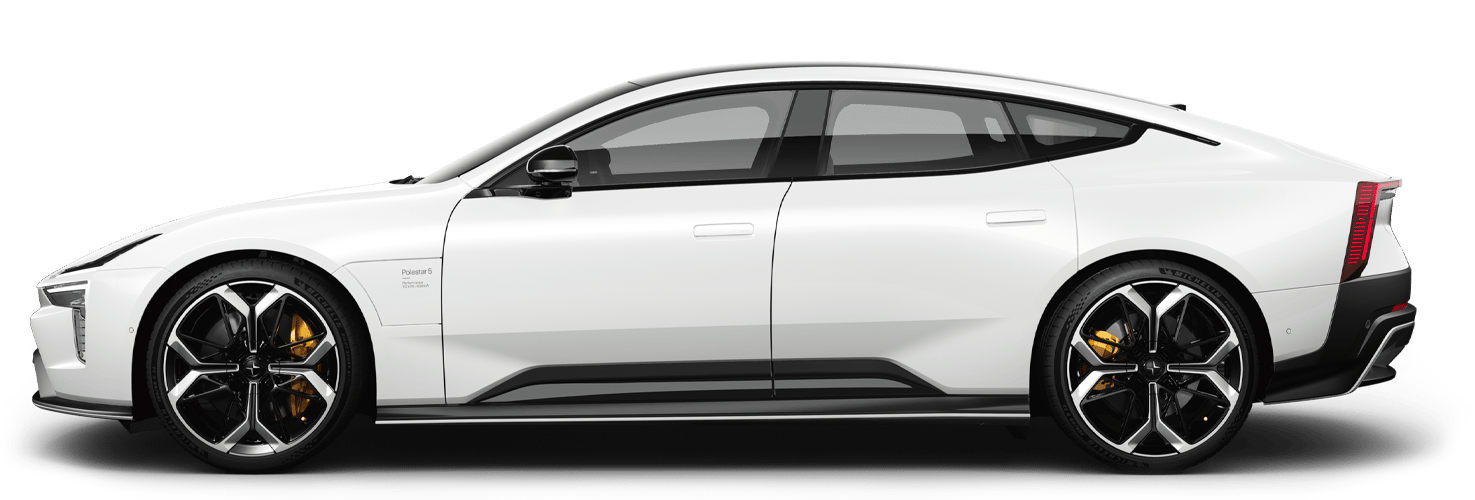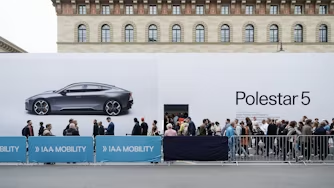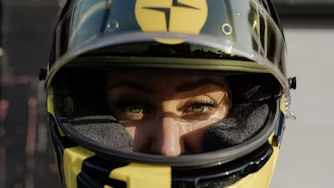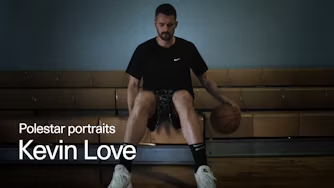Art for a sustainable age
Sustainability. A term that has shaken off any buzzword-like connotations to become a rallying cry for the modern era. It categorises a movement that is still taking shape, one that’s seen as the answer to the unfolding situation that is the climate crisis. Industries, individuals, and initiatives are defined by how sustainable they are, from art to automotive. Especially when they come together.
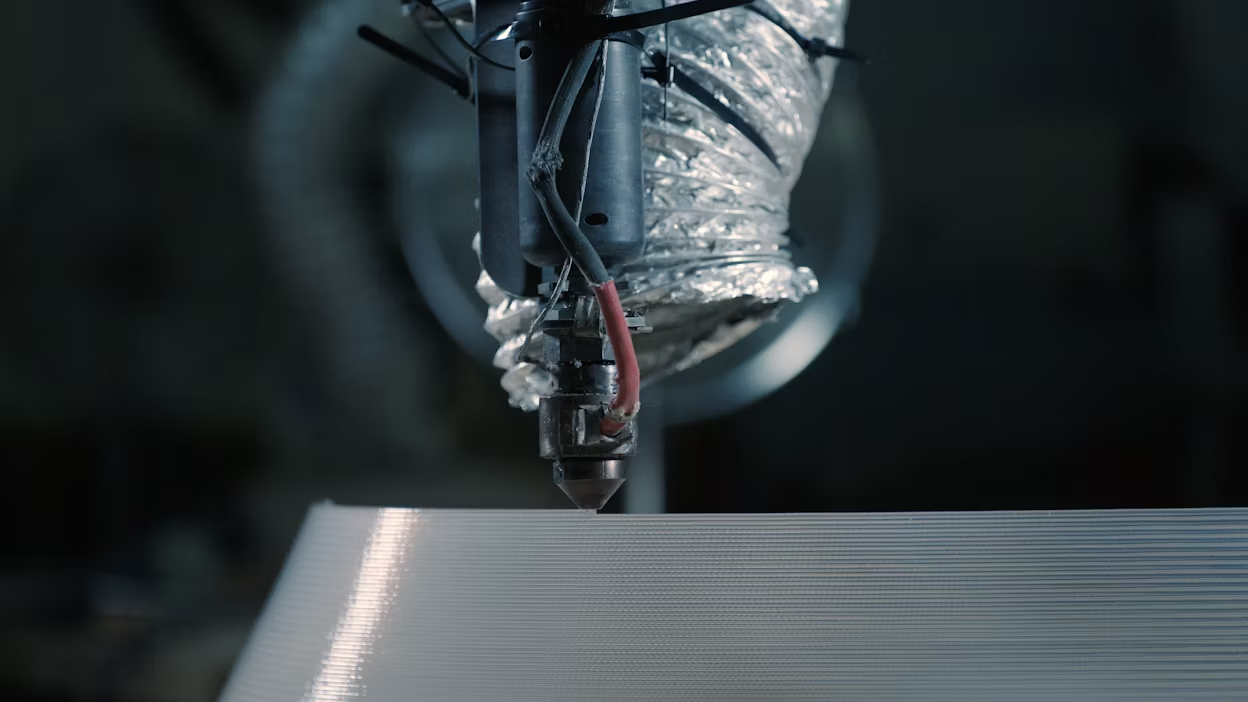
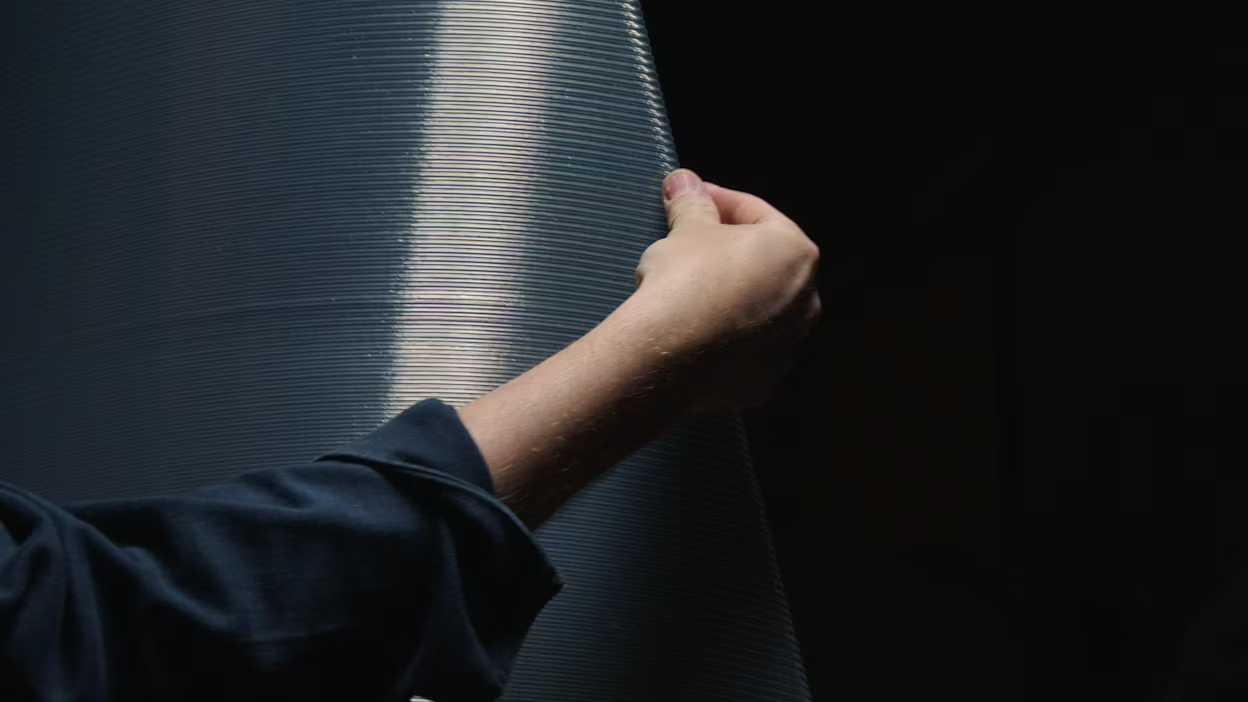


01/02
Dutch artist Thijs Biersteker creates to inform. His pieces, made from sustainable materials, invite participation from the user, symbolising their power to influence change while also creating an emotional link between the art and its audience. When it came to his latest art installation, a piece created together with Polestar entitled “We Harvest Wind”, Biersteker used both bio-based flax composites and 3d-printed recycled plastic. For the former, he turned to the Sustainability and R&D teams at Polestar. For the latter, he turned to The New Raw.
The New Raw is a design and 3D-printing studio founded by architects Panos Sakkas and Foteini Setaki. Working exclusively in recycled plastic, The New Raw “crafts plastic waste with robots”, recontextualising one of the world’s most widely used industrial materials as art.
“We have a very project-oriented mindset,” explains Sakkas from the floor of the Rotterdam electronics-factory-turned-multidisciplinary-space known as De Kroon (“The Crown” in Dutch) which houses The New Raw. “We specialise, we don’t produce anything on a huge scale.”
Their Dutch facilities, along with their workshop in Greece, employ a varied team of designers, architects, material scientists, and other specialists who work with plastic sourced from the construction, e-waste, shipping, and fishing industries, among other sources. With projects ranging from temporary waterfront installations to ocean waste reclamation, The New Raw is in the business of presenting sustainable solutions as well as creating aesthetically pleasing pieces.
Biersteker is the first artist they’ve collaborated with. And given the unique nature of the art installation, and the proximity of The New Raw to Biersteker’s Zaandam-based Woven Studio, the process was hands-on and highly collaborative.
“There were only challenges,” jokes Sakkas when asked about the creation of the work. Each blade took approximately 6 hours to print. Their size, geometry, and relative thinness meant a certain amount of structural instability. Despite this, the team were able to create the blades according to Biersteker’s design. The results were an interactive art installation that symbolises both the need for a shift to renewable energy, and the power each person holds to make that change a reality.
We’re not yet living in a sustainable age. Having sustainability inform every move, from art to automotive, will bring that age about.
